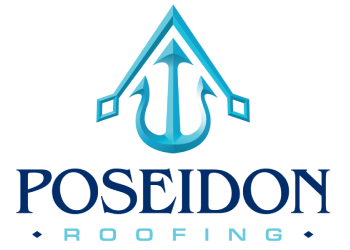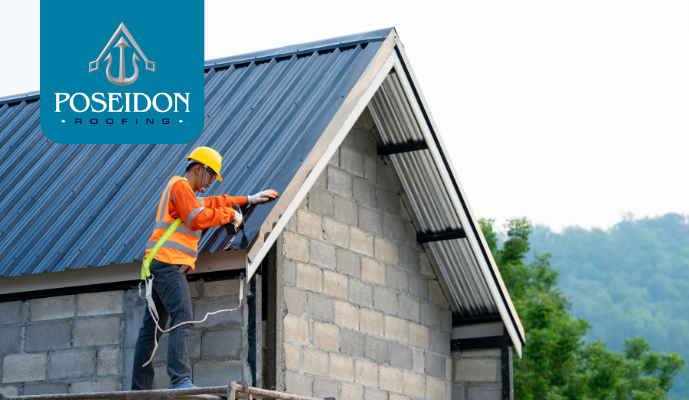Maintaining a durable and aesthetically pleasing roof is critical for every homeowner. Roof maintenance involves regular inspections, repairs, and cleaning to ensure your roof remains in optimal condition. By adhering to routine roof maintenance, you can prevent costly repairs, extend the lifespan of your roof, and maintain the overall curb appeal of your property.
In this comprehensive guide, we will explore essential roof maintenance tips and highlight the importance of professional roof maintenance services. Whether you have tile roofs, metal roofs, or asphalt shingles, understanding how to maintain your roof is vital for its longevity and functionality.
Why Is Roof Maintenance Important?
A well-maintained roof serves as the first line of defense against environmental elements, including heavy rains, snow, and extreme sunlight. Neglecting roof maintenance can lead to roof leaks, damaged shingles, and structural problems, ultimately resulting in costly emergency repairs or even a full roof replacement.
Key benefits of regular roof maintenance include:
- Preventing Costly Repairs: Regular inspections help identify minor issues before they escalate into significant problems.
- Extending Roof Lifespan: Routine roof maintenance keeps your roof’s surface in excellent condition, reducing the need for premature roof replacement.
- Maintaining Curb Appeal: A clean and intact roof enhances the overall appearance of your home.
- Providing Peace of Mind: Knowing your roof is in good condition reduces stress during extreme weather conditions.
Essential Roof Maintenance Tips
Perform Routine Roof Inspections
Regular inspections are crucial for identifying potential problems early. Schedule a roof inspection at least twice a year, preferably in the spring and fall. A thorough inspection should include:
- Checking for missing or damaged shingles
- Inspecting the roof’s surface for cracks or wear
- Examining roof vents for blockages
- Assessing gutters for proper drainage and debris removal
Clean Your Roof and Gutters
Roof cleaning is an integral part of roof maintenance. Over time, debris, moss, and algae can accumulate on the roof’s surface, causing damage and reducing its lifespan. Gutter cleaning is equally important to prevent water backup, which can lead to roof leaks and structural issues.
Address Minor Repairs Promptly
Minor repairs, such as fixing missing shingles or sealing small cracks, can prevent costly repairs in the future. Ignoring these small issues can result in significant damage requiring extensive roof repairs or replacement.
Ensure Proper Insulation and Ventilation
Adequate insulation and ventilation play a vital role in maintaining your roof’s integrity. Proper insulation helps regulate indoor temperatures, while ventilation prevents moisture buildup, which can cause rot and other damage to the roof structure.
Schedule Professional Roof Maintenance Services
Hiring a professional roofer for regular roof maintenance ensures thorough inspections and expert repairs. Professional roofers have the skills and tools to identify issues that may be missed during a DIY inspection. They can also recommend maintenance programs tailored to your roofing system.
Signs Your Roof Needs Maintenance
Be vigilant for these signs that indicate your roof may require maintenance:
- Roof Leaks: Water stains on ceilings or walls are common indicators of a roof leak.
- Damaged Shingles: Cracked, curled, or missing shingles reduce your roof’s effectiveness.
- Sagging Roof Structure: A sagging roof may indicate structural damage or water pooling.
- Moss or Algae Growth: Excessive growth can compromise the roof’s surface and shorten its lifespan.
- Clogged Gutters: Overflowing gutters can cause water damage to your roof and home.
The Role of Roofing Contractors in Roof Maintenance
Partnering with a reputable roofing contractor ensures your roof remains in excellent condition. Roofing contractors provide:
- Professional Roof Maintenance: From routine maintenance to minor repairs, they offer comprehensive solutions.
- Expertise in Various Roof Types: Whether you have tile roofs, metal roofs, or asphalt shingles, roofing professionals can handle all your maintenance needs.
- Preventive Measures: Contractors help prevent costly emergency repairs by addressing issues proactively.
How to Maintain Your Roof for Longevity
To maintain your roof effectively:
- Schedule regular roof inspections.
- Keep the roof and gutters clean with routine debris removal.
- Address roof repairs promptly, including replacing missing or damaged shingles.
- Ensure your roofing system has adequate insulation and ventilation.
- Consult a professional roofer for expert advice and maintenance services.
Final Thoughts
For all your roofing needs, Poseidon Roofing offers exceptional services. Whether you require routine maintenance, professional roof inspections, or full roof replacements, their skilled team of roofing contractors ensures top-quality solutions. Protect your home and maintain a durable, well-maintained roof with Poseidon Roofing’s reliable expertise.

